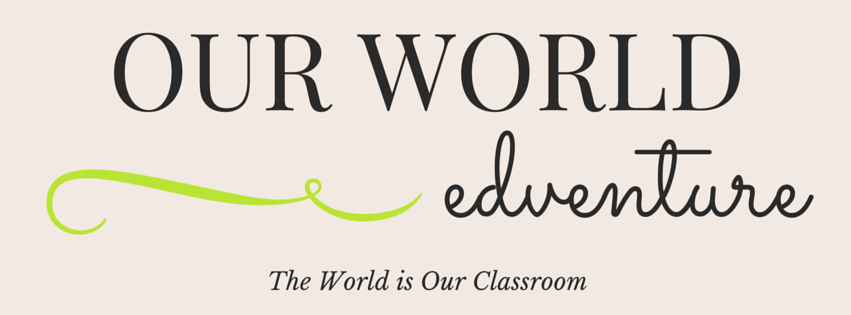We are so excited to be in Uruguay! For the next couple weeks we will be edventuring through Paula’s home country, eating all the delicious foods she remembers from her childhood, and meeting dear family and friends. To begin, we journeyed by ferry boat from Buenos Aires, Argentina to Colonia, Uruguay.

The port town of Colonia is a strategic location between Argentina and Uruguay, located along the massive freshwater Rio de la Plata. The Uruguay River feeds this delta with an abundance of silt and nutrients. While it leaves the water a rich brown color, it also makes the surrounding landscape a lush green.

A coastal lighthouse in Colonia is able to guide boats along the shallow waters of the river delta.

Portuguese and Spanish naval armies fought over the outpost for many hundred years until the Spanish were finally victorious.
However, the Portuguese still left their mark on Colonia. Our guide pointed out the difference between Portuguese and Spanish construction throughout the 17th century town.
For example, it was the Portuguese who sloped their roofs and covered them with ceramic tiles (a feature we would ironically call “Spanish tiles.”) By contrast, the Spanish houses were flat roofs made of wood, brick and adobe. Here is a picture of Portuguese and Spanish home construction side by side:

Another feature are the stone covered roads. Portuguese roads slope toward the middle, and have one central drain down the center of the road.

By contrast, Spanish roads are rounded in the middle and have drains and sidewalks along both sides of the road.

Throughout the city you can tell if the roads are original because they used “found” materials. That means they simply placed stones as they collected them for road and house construction. Modern cobblestone roads are cut to a precise shape and thickness.
As we drove around the small city of Colonia we were impressed by the old bullfighting stadium.

Bullfighting was constitutionally outlawed in Uruguay in the early 1900’s, and the stadium, with its “Moorish” architecture stands in ruins.

Brick walls are falling down and metal stairs are rusting. Despite the dilapidated state, the city government has plans to fully restore the stadium and use it for music concerts. They are first working on restoring the city’s Jai alai stadium and will then move onto the bullfighting stadium.
We also stopped by a brand new “Colonia” sign which had been installed only two weeks prior to our visit. It is the perfect destination for family travel pictures.


We loved our time at Charco Hotel in Colonia and exploring this Unesco World Heritage city.










Que bueno!